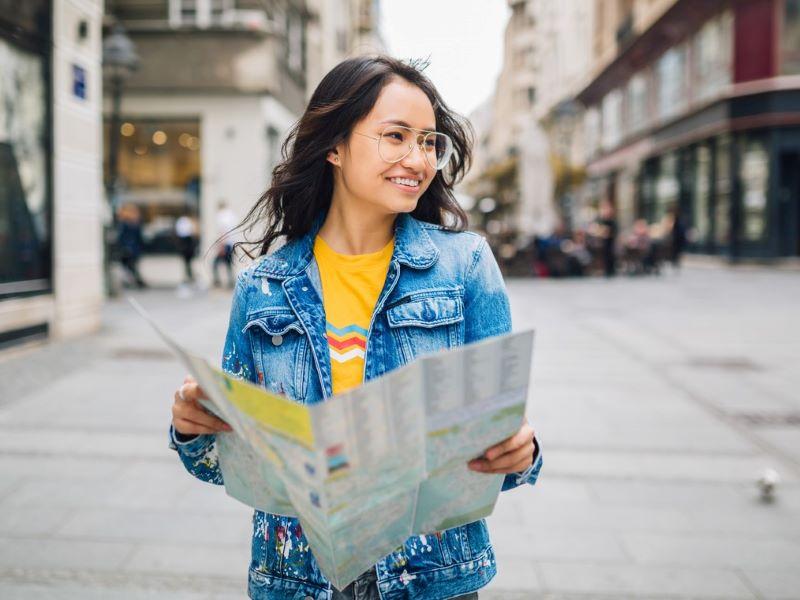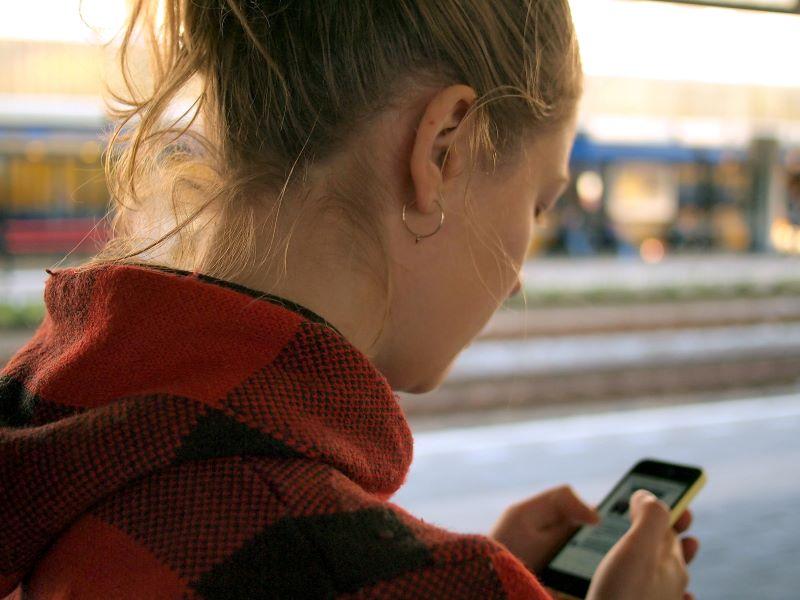Cities present a sensory onslaught of noise, bustle, lights, and smells and alongside this, rich opportunities for critical and social learning. Unfortunately, most university teaching takes place in the classroom. Bringing in urban and social experiences can make learning more meaningful and motivate students. It can also enable students and teachers to escape narrowly defined roles and create richer experiences.
Here, we will draw lessons from the University of Lleida in Spain and the University of Manchester in the UK, where instructors improved teaching using critical pedagogy and counter-mapping. This helped students connect learning to their own experiences and transformed student-teacher relationships.
- Let’s get physical: using movement and outdoor spaces to enhance learning
- How campus layout influences social ties and research exchange
- Playing the field: how virtual field trips can benefit student learning now and in future
Generating critical perspectives in urban space
As teachers, we consistently try to link classroom content with social, political, and cultural reality. We have learned that we need to leave the classroom to engage with students’ lives. Learning goes beyond memorising content; it involves living the teaching and getting excited about discovering new things. But the comfort zone for many lecturers still centres on them presenting a topic while students passively listen then engage within a narrow range of relationships and experiences.
Linking learning processes with experiences outside the classroom has numerous benefits. It improves students’ understanding of curricular content and supports personal development, improving interpersonal and social skills. Critical pedagogy encourages students to analyse curricular content critically and politically, enabling them to become active agents of their learning. Using a critical pedagogy of place, achieved through counter-mapping in social science programmes at two universities, led to students expressing deeper understanding and reasoning than classroom-based learning on the same topics.
Critical pedagogy practised through counter-mapping
Counter-mapping is a technique that aims to make visible power relations and inequalities in urban spaces, such as social exclusion, marginalisation or stigmatisation. These maps can explore multiple layers of experience that conventional maps do not show. We applied this technique across two courses: a geography and history module in the University of Lleida’s social education degree; and a module exploring the social context of social work in the University of Manchester master’s in social work.
Both modules use geographical practices to help students develop critical thinking skills, engage with people’s lived experiences in urban areas and consider their interactions with spaces in practice.
In our case,
(1) the teacher proposes that students explore parts of the city using a conventional street map showing key visitor attractions and locations. This is a helpful starting point because it allows students to add other elements to those shown on the map.
(2) The teachers ask students to map spaces of marginalisation, social exclusion, or some evidence of power relations in urban space. To help the students, teachers could elaborate on some questions such as “Which are the invisible elements in the urban space?” or “Which are the elements that evidence a negative power relation?”
(3) For an hour, students must walk and map all these elements on to the map. In our case, as social workers, students must live this experience to be aware of the social reality in their city.
(4) After finishing the walking, students have a raw mapping with all their annotations. The first step is to transform this map into a readable one. They can incorporate relevant elements to complement their proposals. Students can use images, newspaper clippings or other extra stimuli to finalise the map they have been making during the exploration. Once the student has incorporated all the elements into the map, they do a final review to check that they have recorded and addressed all the issues they have encountered throughout the experience.
Access to counter-mapping allows the students to identify aspects of a city that remain invisible in the neoliberal system. It provides a means of observing the inconsistencies we encounter in daily life on a social and a political level. It helps tutors develop their teaching by drawing on students' experiences.
New perspectives enabled by counter-mapping
This counter mapping approach has the following benefits, our research suggests:
(1) students participate more actively in their learning;
(2) students engage more deeply in their learning;
(3) it transforms teacher-student relationships;
(4) students are responsible for creating their cartographies, empowering them to act and make a positive difference
(5) students value local places as solid points of connection, attachment, and strength.
Counter-mapping allows students to consider experiences of exclusion: in Lleida, migrant communities living in a stigmatised part of the city; in Manchester, societies subject to displacement and living through the impacts of gentrification.
The exercise described above enables students to critically reflect on spatial segregation, territorial stigmatisation and marginalisation of migrants and working-class communities. The constellations of things and people mean students can explore multiple identities in the same reality. Due to methodological openness and divergence of cognition, this approach enhances the learning process rather than classroom instruction. Such practices underscore the university’s role as a vital institution for fostering creativity, imagination, curiosity, social responsibility and the fight for equality and justice.
Daniel Gutiérrez-Ujaque is a postdoctoral researcher at Brunel University London and Dharman Jeyasingham is a lecturer in social work at the University of Manchester.
If you found this interesting and want advice and insight from academics and university staff delivered direct to your inbox each week, sign up for the THE Campus newsletter.




comment